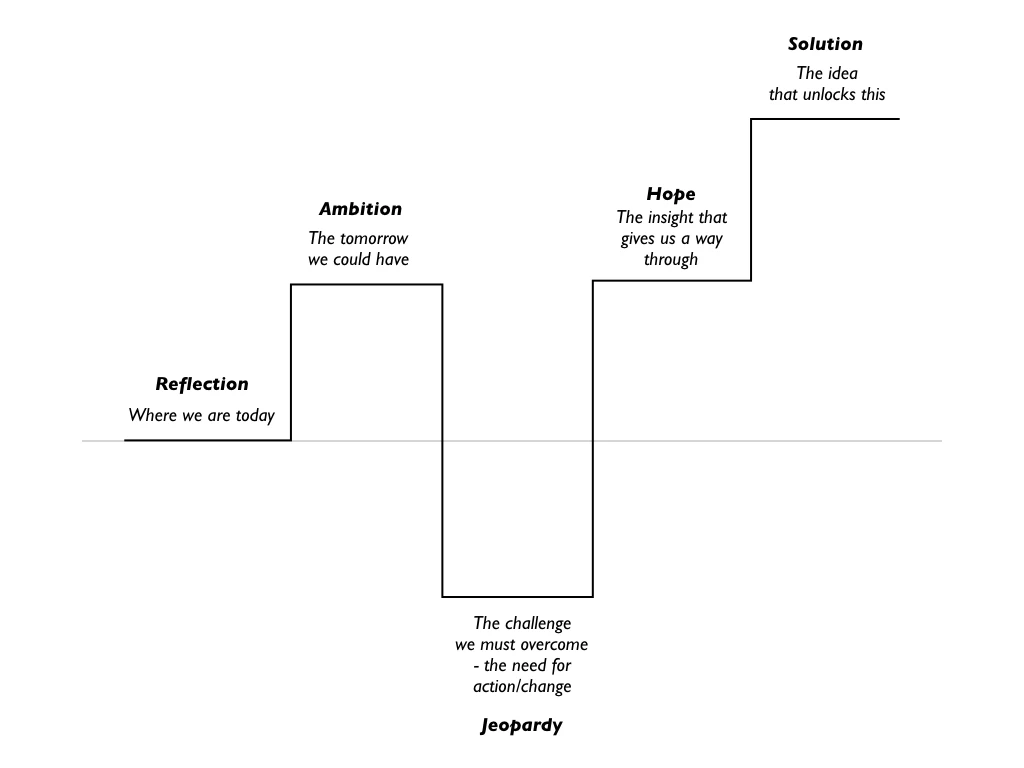Jun 14, 2024
The CEO Code, The Unit of Impact, Lighthouse Customers, Strategy & Operations and Strategy Narrative
#1 The CEO Code
Going through my notes from various books, I found this one from "The CEO Code" particularly interesting because it highlights the importance of accessibility and personal connection in leadership.However, there's an aspect that I don't like. It implies people stayed in the office late instead of spending time with their families and taking care of their health.
One of the smartest things the new CEO did was start an “open door” policy. His version of that was walking around and getting to know people, but also inviting anyone and everyone to stop by his office after 4 p.m. to talk; there was no agenda. He let them know that he would stay as late as necessary if they wanted to chat. Many nights he didn't leave the office until 8 or 9 p.m.
David Rohlander, The CEO Code
#2 The Unit of Impact
These points (money, buzz, morale and buying time) are not often discussed, and it's rare to find a prioritisation framework that considers these angles. Just a reminder that prioritisation is not just a science; it's also an art that involves the human element in business decisions.Product Managers often prioritize work by something called "impact." But too often what a Product Manager considered "high impact" doesn't get a green light from leadership. Why?
What's one "unit" of impact? How do we weigh two projects against each other? You can't when the unit is too abstract. It's like saying "goodness" or "desirability."
Sometimes, it's about money.
Sometimes, it's about buzz.
Sometimes, it's about morale.
And sometimes, it's about buying time.None of these are good/bad. They are all responses to different changing situations that can arise in a company. The same company will have different needs and different priorities at different times and at the same time across different teams.
Ryan Singer, What's the unit of impact?
#3 Lighthouse Customers
"Lighthouse Customers" - those customers who receive a better/cheaper rate for your product in exchange for engaged ongoing feedback.
Feedback from "Lighthouse customers" will accelerate your insight into the market, thus pointing product development in the right direction.
This reduces the risk of waiting for broader market feedback, which is often slow and sporadic in the B2B space.
Once you have initial success with your “Lighthouse customers”, you can leverage it to gain further traction in the market - make different case studies and show how these customers have gained from your product's value. It will attract other similar businesses and get you your next customer.
#4 Strategy and Operations
I like this quote as it focuses on both aspects of a successful product: the ability to deliver and the ability to push in the right direction. The market is constantly evolving, and being able to pivot or adjust strategies in response to new challenges and opportunities is needed.A good company strategy should be made up of two parts: the operational framework, or how to keep the day-to-day activities of a company moving; and the strategic framework, or how the company realizes the vision through product and service development in the market.
Melissa Perri, Escaping the Build Trap
#5 Strategy Narrative
This is a great tool to structure your strategy narrative. Strip your strategic narrative down to five sentences or less to expose its coherence and persuasiveness.
Overview
| Takeaway | Description | Source |
|---|---|---|
| The CEO Code | The importance of accessibility and personal connection in leadership. | David Rohlander |
| The Unit of Impact | The factors (money, buzz, morale, and buying time) that influence business decisions and the art of prioritisation. | "What's the Unit of Impact?" |
| Lighthouse Customers | Offering better rates to early customers for feedback can accelerate market insights and product development. | General Business Practice |
| Strategy and Operations | Dual aspects of a successful strategy: operational efficiency and strategic vision. | Melissa Perri, "Escaping the Build Trap" |
| Strategy Narrative | A tool for creating a concise and persuasive strategy narrative by condensing the message into five sentences. | General Business Advice |
See Key Takeaways #1
